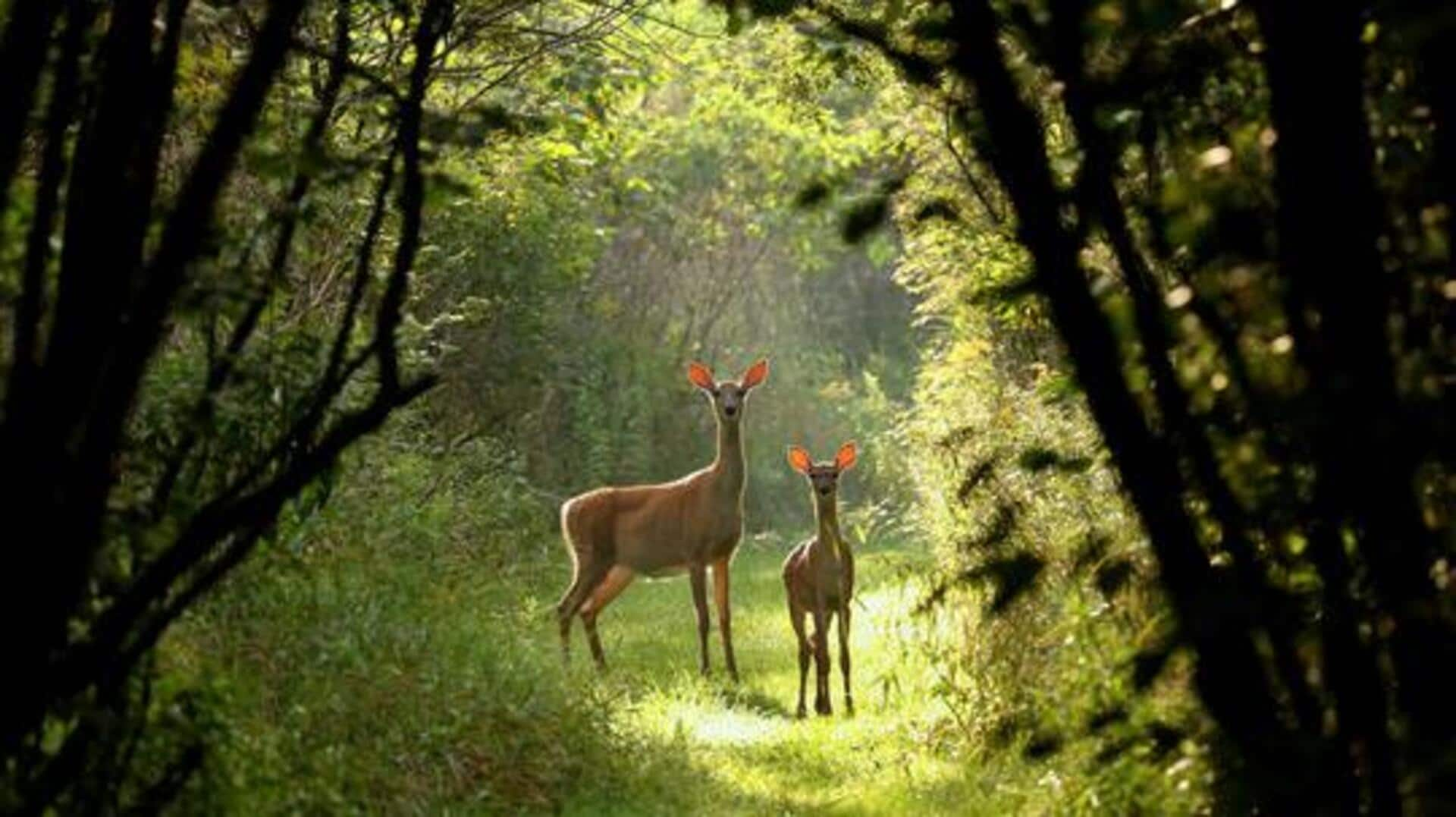
Wildlife photography made easy: 5 tips for beginners
What's the story
Capturing the essence of Africa's wildlife through the lens can be a fulfilling experience for hobbyists. The continent is home to diverse landscapes and a rich variety of animals, making it a photographer's paradise. However, shooting wildlife isn't easy. It demands patience, skill, and an understanding of the environment. Here are five practical tips to help hobbyists step up their wildlife photography game while exploring Africa's rich biodiversity.
Animal insights
Understand animal behavior
Understanding animal behavior is the key to wildlife photography. If you see how the animals interact with their surroundings, you can easily predict their movements and capture more dynamic shots. Spend some time watching the animals before photographing them to learn about their habits and routines. This knowledge helps you anticipate moments worth capturing, like when an animal would be likely to hunt or play.
Gear essentials
Use appropriate equipment
Having the right equipment is also essential for successful wildlife photography. A camera with a fast shutter speed and a telephoto lens is recommended to capture distant subjects clearly without disturbing them. Consider using tripods or monopods for stability during long shoots. Also, carrying extra batteries and memory cards ensures you don't miss any opportunities due to technical limitations.
Light control
Master lighting techniques
Lighting is everything when it comes to photography, especially if you want to capture wildlife images that pop. Early morning or late afternoon light offers softer shadows and warmer tones, making your photos look better. Steer clear of harsh midday sunlight which can create unwanted glare or overexposure in your images. Try different angles and positions with respect to the light source for varied effects.
Time investment
Practice patience and persistence
Wildlife photography requires a lot of patience. Animals don't always show up when you want them to, or behave the way you expect them to. If you spend more time watching them, you are more likely to see something unique, something that would be worth a shot. Get used to long waits, but keep your camera ready with appropriate settings to capture the moment.
Ethical approach
Respect wildlife ethics
Respecting ethical guidelines while photographing wildlife ensures minimal disturbance to natural habitats while promoting conservation efforts across Africa's ecosystems, too! Maintain safe distances from animals at all times; avoid feeding them directly since this alters natural behaviors, negatively impacting both species' survival rates and overall ecosystem balance alike!